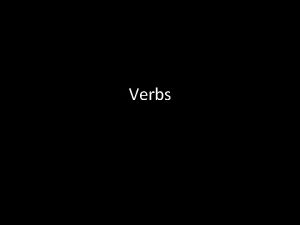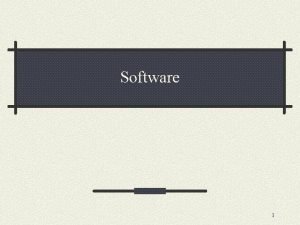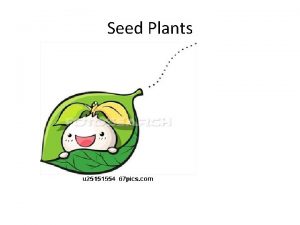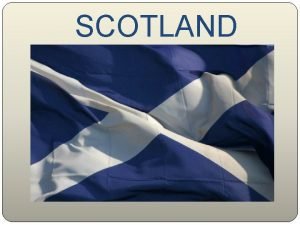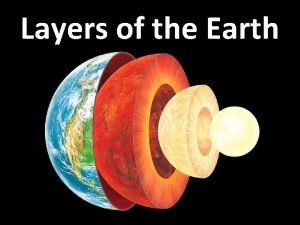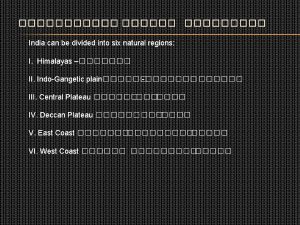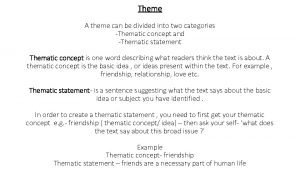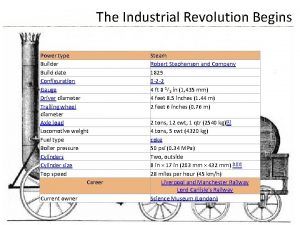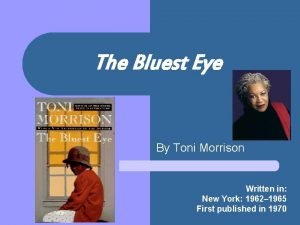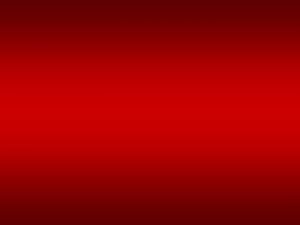Color Wheel The color wheel is divided into











- Slides: 11

Color Wheel • The color wheel is divided into three categories: primary, secondary, and tertiary. • The three primary colors are red, yellow and blue. • These colors are considered to be foundation colors because they are used to create all other colors.

Color Wheel • By combining two of the primary colors, three secondary colors are formed. They are orange, green and violet. • The six tertiary colors are made by combining a primary and an adjacent secondary color. These colors are redorange, red-violet, yellow-green, yelloworange, blue-green and blue-violet.

Color Wheel

Cool and Warm Colors • Colors are also divided into cool and warm categories. Warm colors are red, orange and yellow. The cool colors are green, blue and violet.

Tint • A tint of a color is made by adding white. • A shade is made by adding black.

Color Schemes • Monochromatic - This color scheme uses a single hue. (example: red and its varying tints and shades) • Analogous - This scheme uses adjacent hues. (example: red, red-orange, and red-violet)

Complementary Colors • If two hues are opposite each other on the color wheel they are considered to be complementary colors. • When used together in a design they make each other seem brighter and more intense. (example: red and green)

Split Complementary • This color scheme uses three colors: any hue and the two adjacent to its complement. (example: red, • yellow-green, and blue-green)

Triadic • This scheme also uses three colors. They are evenly spaced from each other. (example: red, yellow, and blue)

Double Complement • This color scheme uses two pairs of complements. (example: yellow and violet, blue and orange)

Tetrad • This scheme uses four colors evenly spaced on the color wheel. • A primary, secondary and two tertiary colors are used. (example: red, green, yellow-orange, and blue-violet)
 Infinitives latin
Infinitives latin Gsm network
Gsm network Application software is divided into
Application software is divided into Plants can be divided into two groups
Plants can be divided into two groups Scotland is divided into
Scotland is divided into Three major layers of earth
Three major layers of earth India can be divided into how many regions
India can be divided into how many regions The aca is divided into
The aca is divided into Get together theme
Get together theme Kingdoms of israel and judah
Kingdoms of israel and judah Multistory building divided into crowded apartments
Multistory building divided into crowded apartments Motifs in the bluest eye
Motifs in the bluest eye
